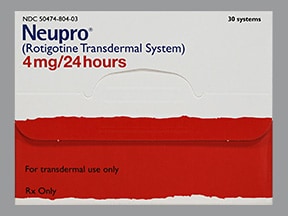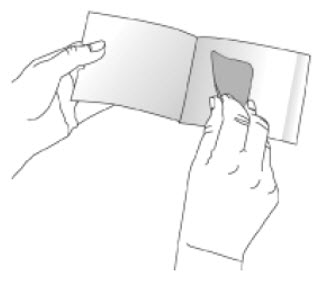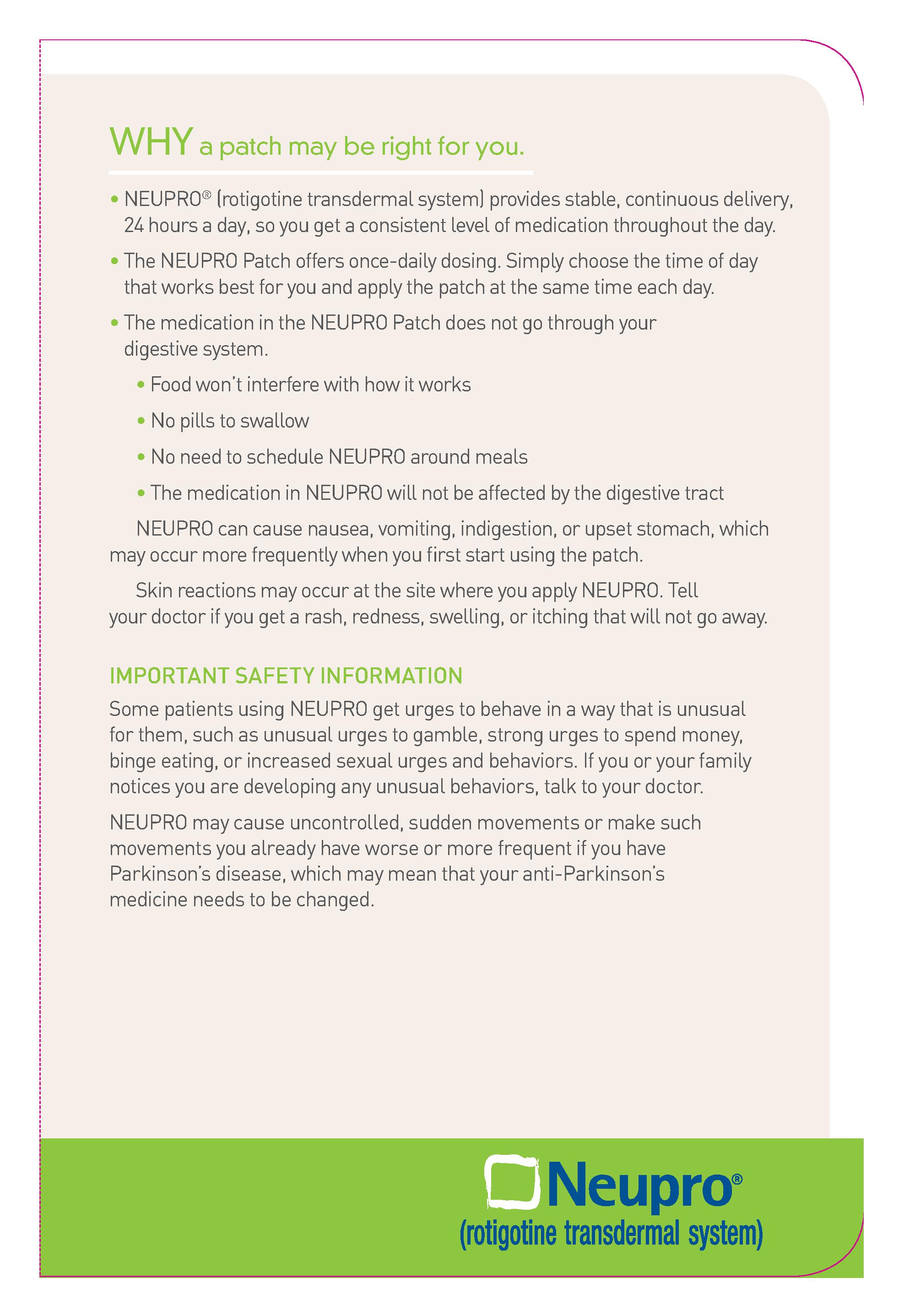- Neupro is also referred to by its drug name, Rotigotine. Read more Neupro is not suitable for use in people with a major psychotic disorder or those who have previously shown hypersensitivity to Rotigotine, sulfites, or components of transdermal (patch) delivery systems.
- Neupro Skin Patches (rotigotine) are used to treat early signs and symptoms of Parkinson's disease and Restless Legs Syndrome. Your medication instructions will show you the best places on your body to wear the patch. Avoid placing the patch on a skin area that will be rubbed by a waistband or tight clothing. Keep the Neupro transdermal.


The US Food and Drug Administration approves a rotigotine transdermal patch patch, a rotigotine transdermal system Transdermal System. Apr 03, 2012. Rotigotine is a D3/D2/D1 dopamine agonist delivered through a silicone-based transdermal patch that is Rotigotine Neupro in Parkinson s disease. Rotigotine is available as a transdermal system (patch) in 1mg, 2mg, 3mg, 4mg, 6mg and 8mg of rotigotine per 24 hours. A single or multiple patches may be applied to achieve the appropriate dosage. The patch is to be applied once daily, at approximately the same time each day. Feeling Your Best When You Have MS. And effectiveness of Neupro transdermal. After wearing neupro patch for some time I break out under patch and it is itchy. 04/2012 Indications and Usage, Restless Legs Syndrome (1.2). History of hypersensitivity to rotigotine or components of the transdermal patch. Neupro (Rotigotine Transdermal System) is indicated for the treatment of the signs and symptoms of idiopathic Parkinson's. Choose the time of day or night that works best for you to apply your Neupro Patch. Apply your Neupro Patch at the same time each day. Wear your Neupro Patch for 24 hours. After 24 hours, remove your Neupro Patch and apply a new one right away to a different area of your skin. Where to apply NEUPRO.

Abstract
(Neupro ) is indicated for use as monotherapy in the treatment of early-stage Parkinson’s disease or, in the EU, as an adjunct to levodopa across all disease stages. Transdermal rotigotine is an effective and generally well tolerated addition to the armamentarium for the control of Parkinson’s disease, with the once-daily transdermal patch system offering several practical advantages and the possible benefits of avoiding pulsatile dopaminergic stimulation. Transdermal rotigotine was superior to placebo in patients with early-stage and advanced Parkinson’s disease, although noninferiority to the oral dopamine agonists ropinirole or pramipexole was not consistently demonstrated. Additional active comparator trials would be of interest. In the meantime, transdermal rotigotine offers a convenient new treatment option for patients with Parkinson’s disease. Rotigotine has agonist effects at all dopamine receptors in vitro, with the greatest Pharmacological affinity for, and activity at, the dopamine D receptor subtype. It also interacts to Properties some extent with α - and α -adrenergic receptors, serotonin 5-HT and 2B 2C 1A 5-HT receptors, and σ receptors, and to a minor extent with monoamine trans- porters. The beneficial effects of rotigotine in the treatment of Parkinson’s disease are thought to be mediated via activation of D , D and
Journal
CNS Drugs – Springer Journals
Transderm V Patch
Published: Aug 29, 2012